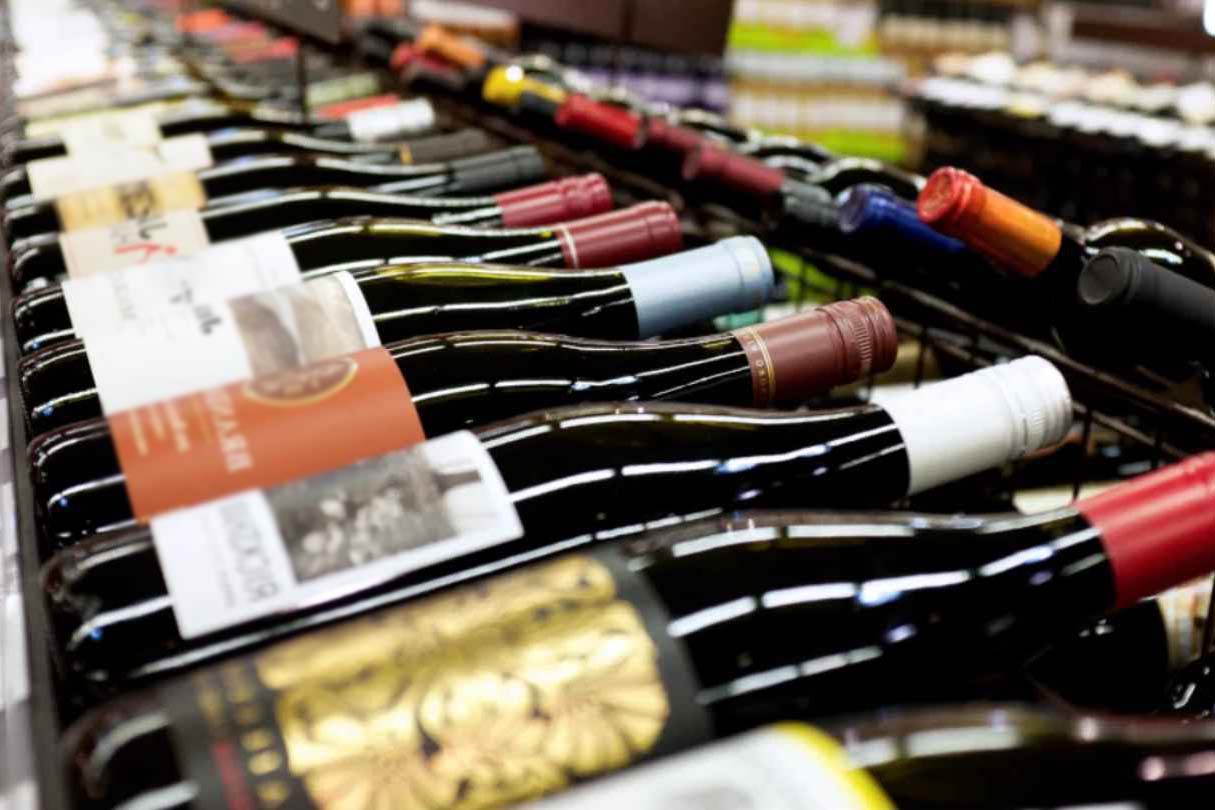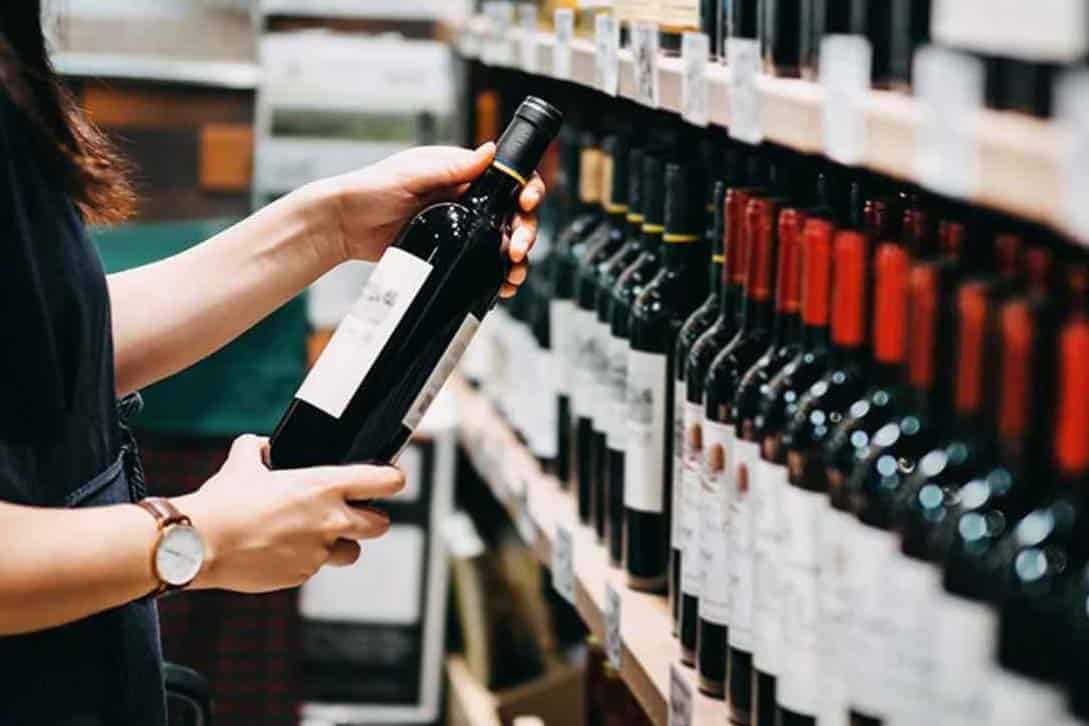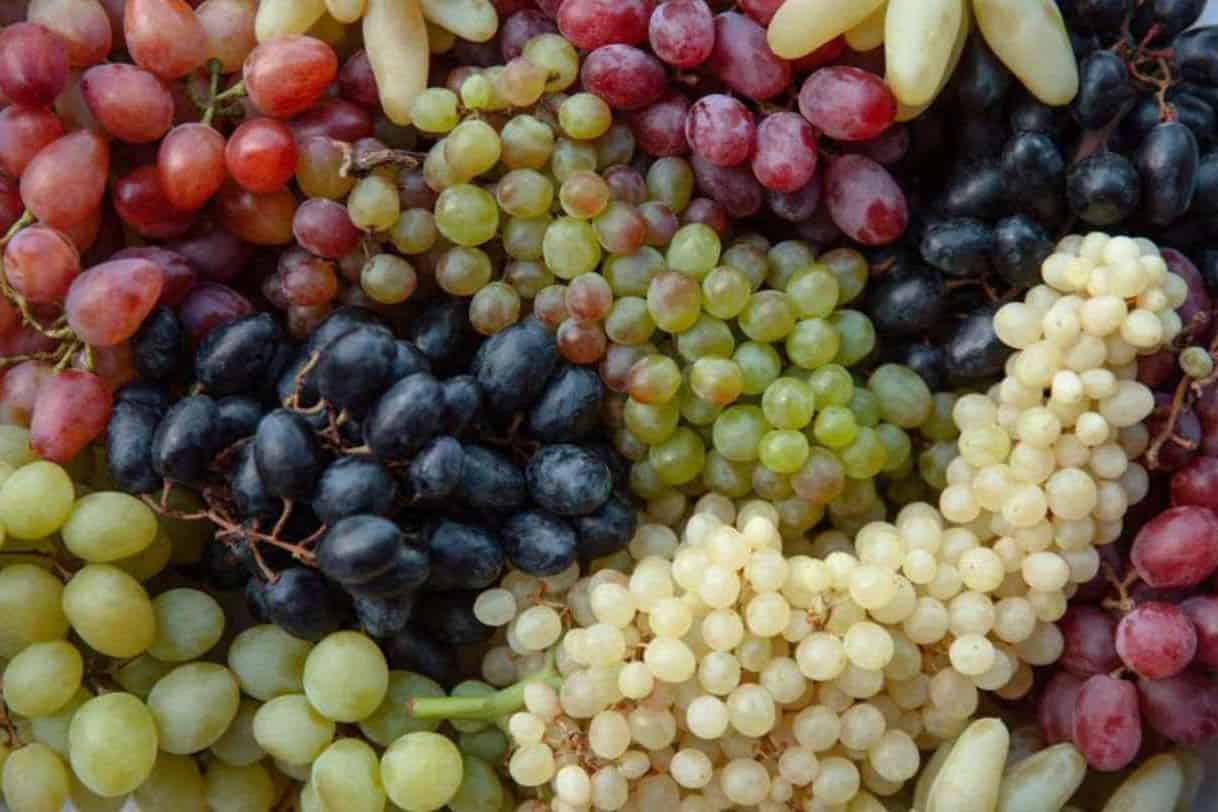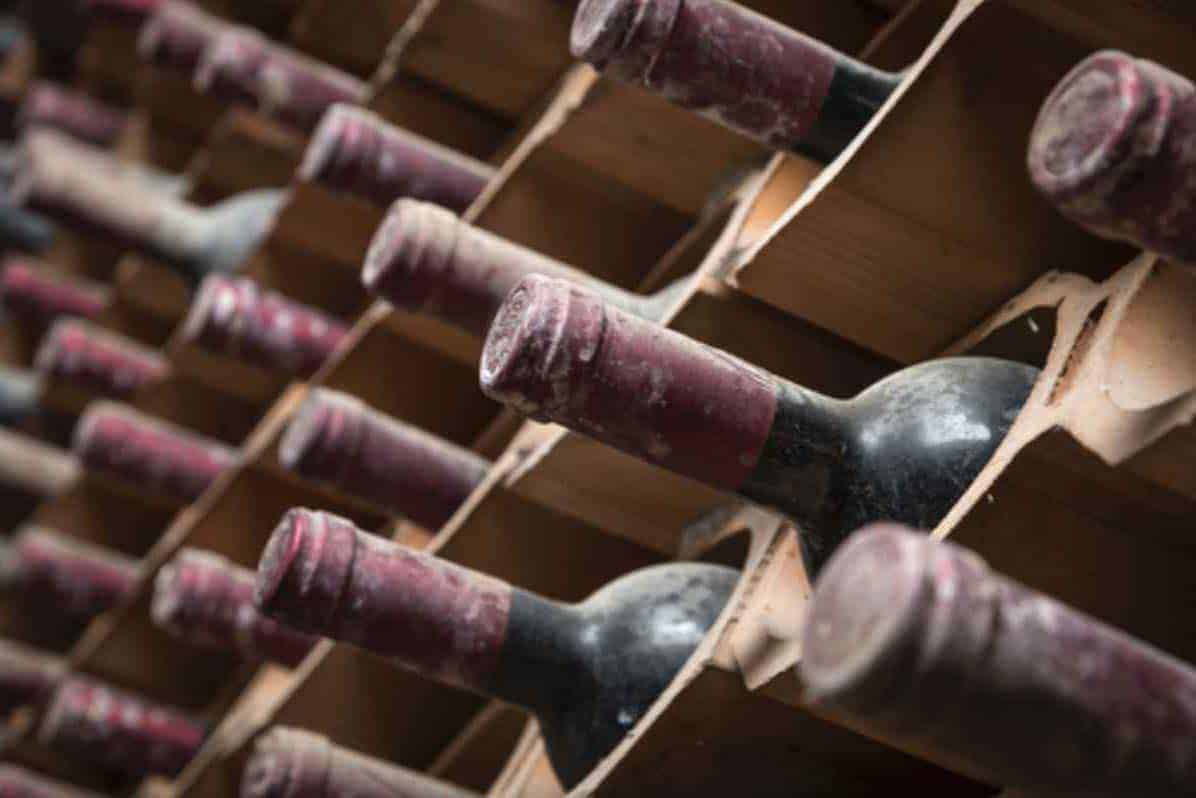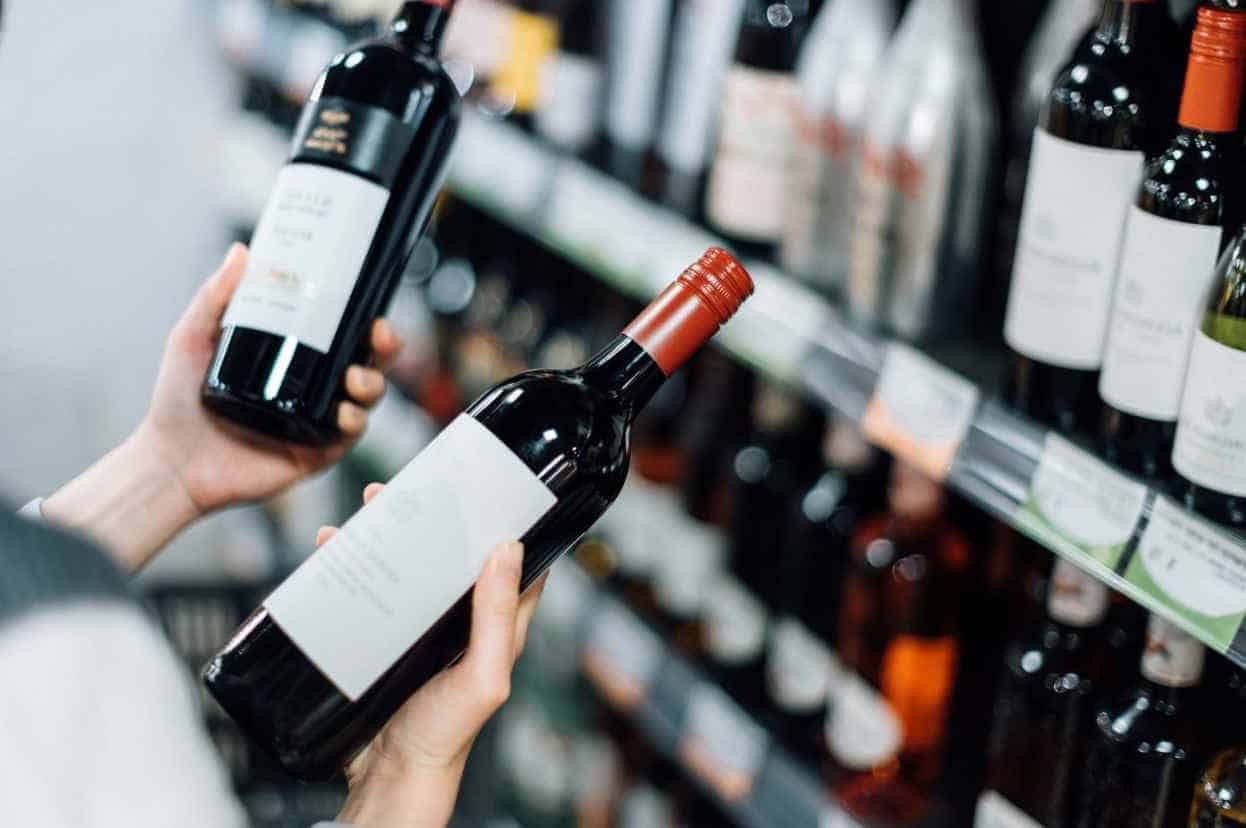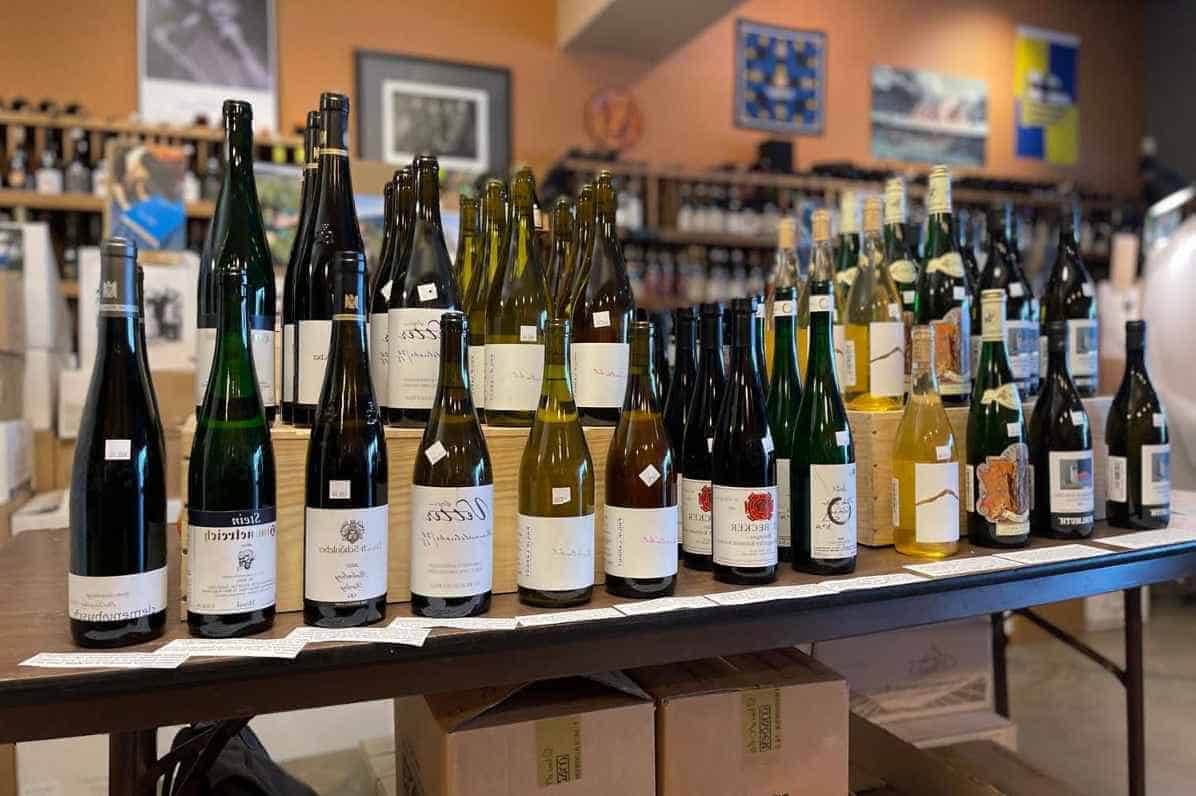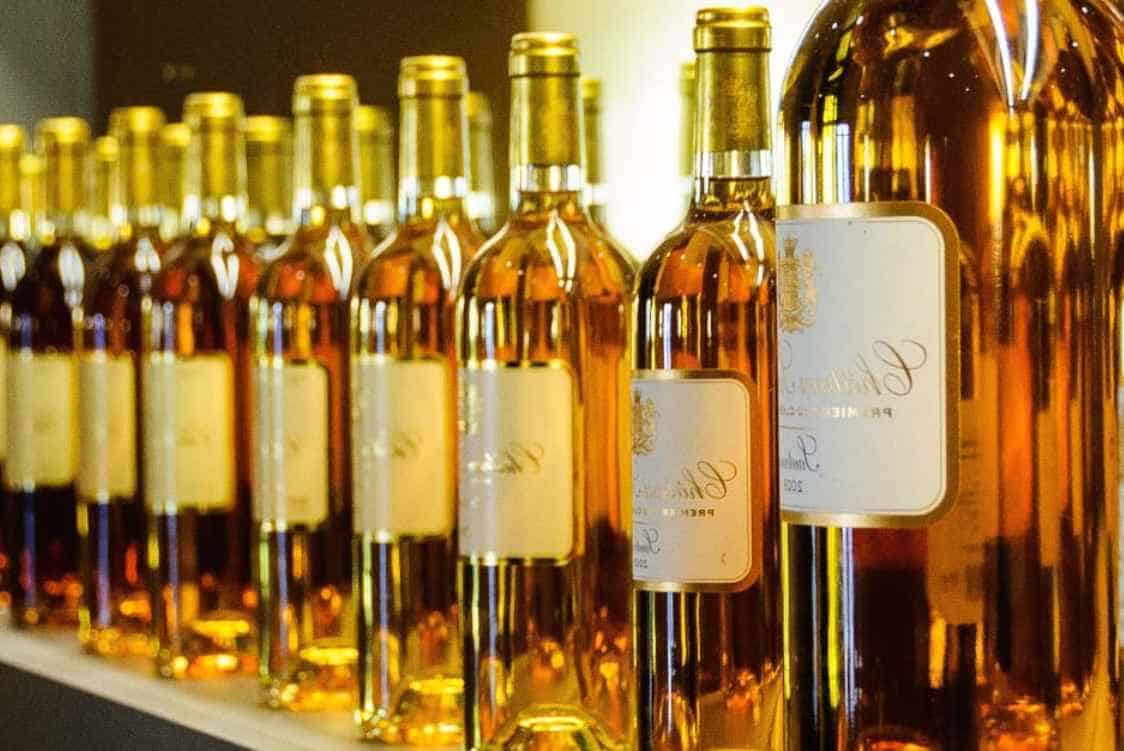You may be astonished to discover that wine prices are calculated precisely. Various price categories exist, and it’s important to note that their values have increased gradually over time.
To obtain the most from your purchase, let us delve deeper into these wine pricing grades and comprehend what you can anticipate based on how much you spend!
Understanding Wine Pricing: A Beginner’s Guide
| Price Segment | Price per 750ml |
| Budget Wine | Under $20 |
| Mid-Range Wine | $20-$35 |
| Premium Wine | $35-$75 |
| Luxury | $75-$199 |
| Rare and Collectible Wine | $200+ |
A wine’s pricing can be affected by many factors. Some of we’ll see in the next section below. However, let’s first start with an overview of the major factors in the price segment of wine.
Much like many commercial products, wine exists in a hierarchy from budget to luxury. In this section, let’s explore the different ways these elements can affect the market price of wine.
- Production Costs: Wine production can be an arduous and lengthy undertaking, which in turn adds to the ultimate cost of the beverage. From tending to vines to grape harvesting, from fermentation to aging, and finally bottling – all these factors contribute immensely towards forming a bottle ready for consumption. At last, the amount of money used to produce a wine can influence its pricing. The expenses for labor, tools, and storage all makeup part of the final price of a bottle.
- Supply and Demand: Like in other markets, the price of wine is determined by its availability and demand. Wines that are highly sought-after such as those from celebrated regions or with glowing reviews, can fetch a higher cost.
- Distribution and Retail Markups: As wines travel through a series of distributors, retailers, and other intermediaries who add additional fees to the costs along the way, it’s possible that consumers are being charged an exaggerated price for their much-loved varietals.
- Reputation of the Winery: The cost of a wine is not only dependent on the quality but also on its producer’s reputation. For instance, wineries with a glowing track record for producing superior wines may charge more than any emerging or unheard-of brands. Additionally, bottles that have been honored with awards and praised by renowned sommeliers are bound to be higher in price.
Factors that Affect the Price of Wine
Now that we saw the overview of the wine market, let’s get into the factors that affect wine for each bottle. This part is pretty much like the first, however, it tackles wine bottles individually rather than its place in the market. In this section, we’ll examine the different components of wine that can mark up or decrease its price.
Grape Variety
The particular type of grape used in winemaking can alter the price substantially. Some grapes are more expensive to cultivate than others, leading their wines to be pricier as well.
Pinot Noir and Cabernet Sauvignon tend to cost a bit more than other varieties, making them sought after by those wanting the best of what viniculture offers.
Region
Certain wine-producing regions are renowned for their exquisite wines, and these superb vintages may come with a higher price tag. Napa Valley in California is an exemplary case, as its wines typically cost more than other varieties from the Golden State.
Age and Vintage
The age and vintage of wine can drastically affect its price: generally, the older it is, the more expensive it will be. Moreover, particular vintages may even have greater worth than others; for instance, a bottle of Bordeaux from an acclaimed vintage could cost much more than one from an average year.
To outline, the price of a bottle of wine is based on multiple factors such as grape variety, appellation, vintage, and age.
Furthermore, its value depends on the winery’s credibility and production costs. By understanding these features, you can make more informed decisions when buying wine while entirely learning its worth.
How Much is Wine?
| Wine Style | Under $20 | $20 to $75 | $75 and up |
| Red Wine | 48.4% | 38.8% | 3.6% |
| White Wine | 64.3% | 31.9% | 3.8% |
| Sparkling Wine | 54.4% | 42.2% | 3.4% |
| Rose Wine | 71.9% | 25.3% | 2.8% |
| Sparkling Wine | 41.4% | 52.5% | 6.4% |
(This data is based on report from Vivino.com 2021)
To quickly answer this query, let’s explore the prices of different wine varieties. This guide will assist us in knowing the cost spectrum of wines better.
As you can observe, there is a notable variation in pricing for each type. Certain varieties are more costly or cheaper than the rest. Without further ado, let’s look deeper into how much is wine.
How Much is Red Wine?
When it comes to red wine, you’ll find a vast array of prices due to various elements like the grapes’ origin and quality. Generally speaking, one can expect expenses of between $5 to $1,000 per bottle based on exclusivity and rarity. It’s a huge margin, so let’s divide it up to understand it better.
The prices for red wines range from $16 to $40, with a majority falling into this price point. Moreover, 48.4% of all analyzed red wines are priced below $20—making it possible and easy to find quality bottles even on a tight budget.
Conversely, a 3.6% selection of red wines priced at $75 or higher indicates that those with more spending power have luxury options. Ultimately, the research reveals that you can find red wine for any budget and taste.
How Much is White Wine?
The findings show that most white wines cost less than $20, indicating many wallet-friendly choices for buyers. The data suggests that most white wine options are cheap and within reach for everyone!
While numerous white wines lie in the $20-$35 range, indicating that quality options exist at an affordable cost, it’s important to remember that as prices increase, so does rarity; only a few whites can be found for more than $75.
Therefore, plenty of high-end white wines are still present if you’re seeking top-of-the-line options and don’t mind spending extra.
How Much is Sparkling Wine?
Amazingly, there are sparkling wines for under $20! The average prices reveal various cost-friendly and inexpensive options, ready to delight customers alike.
Despite the impressive number of sparkling wines in the $20-$35 range, there are also more pricey options for those willing to pay a bit extra. Further, it is evident that as the price increases, fewer wines fall into each respective range; only small fractions cost upwards of $75.
How Much is Rose Wine?
Evidently, there is a massive request for cheap rosé wines among consumers. Most rosé wine selections cost less than $20, signifying that many people are seeking convenient and budget-friendly options when purchasing this popular beverage. Unsurprisingly, rosé is quick to make, with wide grape varieties available to produce it.
There is a lucrative market for pricier rosé wines since so many of them are in the $20-$35 price range. This fancy rosé shows buyers aren’t afraid to splurge on premium rosés as a luxury treat or special occasion.
How Much is Dessert Wine?
It is no secret that dessert wines are typically more costly than other types of wine, with many falling within the $20-$75 price range. This price makes perfect sense as these exquisite wines are usually for special occasions.
The data indicate that although there is a high-end selection of dessert wines in the $75 and up range, it’s tiny compared to the $20-$75. Thus, premium options are readily available for those who prefer to spend more.
Average Price Range per Region
| Wine Region | Under $20 | $20 to $75 | $75 and up |
| Bordeaux, France | 26% | 64% | 10% |
| Napa Valley, California | 4% | 46% | 50% |
| Rioja, Spain | 76% | 22% | 2% |
| Tuscany, Italy | 59% | 38% | 3% |
| Mendoza, Argentina | 87% | 12% | 1% |
| Douro Valley, Portugal | 84% | 15% | 1% |
| Marlborough, New Zealand | 93% | 6% | 1% |
(This data is based on reports from Vivino.com 2021)
The data suggest that different wine prices are available in each region. Some provide more economical options, while others present top-tier, costly wines.
Specifically, Rioja, Tuscany, and Douro Valley boast an abundance of bottles costing less than $20. Making them prime choices for those who want the most bang for their buck!
In particular, Bordeaux and Napa Valley regions are renowned for their high-class wines that tend to cost more. Take Bordeaux, for instance; due to its prestige as a producer of premium quality and high-priced wines, the majority of its bottles are in the price range between $20 to $75.
Napa Valley is more or less the same. Renowned for its luxury wines, around half of all wines priced at $75 or above can be traced to this region.
Yet, it is feasible to discover cheap options there too! For instance, Marlborough in New Zealand and Mendoza in Argentina feature a selection of affordable wines along with some top-shelf varieties.
Much like Mendoza, Douro Valley produces a bevy of wine under $20 – making it an ideal destination for budget-savvy wine enthusiasts who want great flavor at a fraction of the price.
Realizing that the average prices listed are simply a guideline is vital. There truly is a bottle for everyone, whatever budget you may have in mind. However, it can assist with narrowing down your selection process and lead you toward finding the perfect bottle of wine from its region!
In Summary
Now that you’ve explored and know how much are wine and wines available, you can confidently select the perfect bottle for your palate – regardless of how much or little money you wish to spend.
